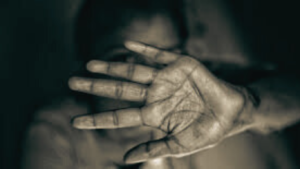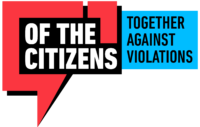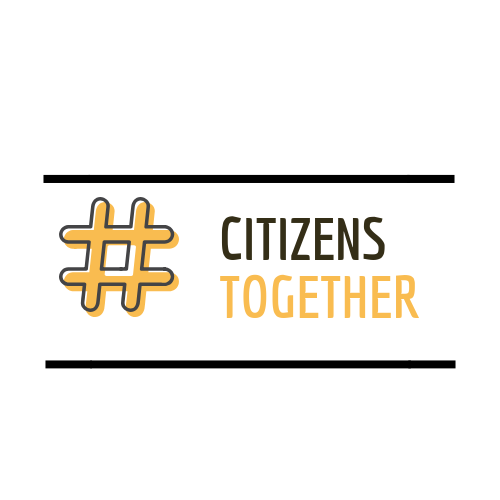When crimes occur against socially and politically vulnerable groups, it is essential to acknowledge the victim’s caste, religion, or ethnicity. Omitting these identities from the narrative erases a crucial layer of the story and overlooks the deep-seated historical injustices and systemic prejudices that fuel such violence.
For instance, in 2022, a Dalit man in Rajasthan was murdered for sporting a moustache—a symbol of resistance against entrenched caste norms. This act of violence illustrates how caste-based prejudices permeate even the most personal aspects of one’s life. Similarly, a Dalit groom in Gujarat faced severe humiliation for riding a horse during his wedding, a privilege traditionally denied to lower castes. These incidents underscore the violent enforcement of caste-based hierarchies and the brutal consequences faced by those who challenge these norms.

The intersection of caste and gender further intensifies vulnerability, as evidenced by the sexual violence perpetrated against Dalit women. Such violence is not isolated but part of a broader pattern of oppression where caste and gender intersect. Dalit women, marginalised by both their caste and gender, are disproportionately targeted, reflecting entrenched social hierarchies. This violence is not merely an attack on the individual but an assault on their community, reinforcing their subjugation and highlighting the systemic nature of the violence.
Similarly, the violence faced by Muslims in India due to religious tensions reveals how religious identity is central to the violence. When Muslims are targeted under the pretext of protecting cows, it reflects underlying Islamophobia rather than isolated acts of vigilantism. Ignoring the victim’s religion in such instances sanitises the hate that drives these crimes and obscures the systemic discrimination against religious minorities.
 The persecution of Miya Muslims in Assam further illustrates the role of ethnic identity in violence. This group has faced forced evictions and harassment fueled by xenophobia and discrimination, showcasing how ethnic and religious marginalization is part of a broader trend targeting minority communities.
The persecution of Miya Muslims in Assam further illustrates the role of ethnic identity in violence. This group has faced forced evictions and harassment fueled by xenophobia and discrimination, showcasing how ethnic and religious marginalization is part of a broader trend targeting minority communities.
In Manipur, ongoing ethnic violence between the Meitei and Kuki communities since May 2023 has resulted in widespread killings and displacement. Women from these communities face compounded violence due to their intersecting identities, highlighting the complexities of ethnic conflict.
While crimes against upper-caste or socio-economically privileged individuals are undeniably serious, they often do not reflect the same depth of systemic oppression experienced by marginalised groups. Recognising caste, religion, or ethnicity in crime reporting is not about creating divisions but about capturing the full impact of the violence. It brings to light the profound societal issues and entrenched biases that perpetuate such brutality, ensuring that the struggles of marginalised communities are both acknowledged and addressed. Ignoring these critical markers risks obscuring the systemic nature of the violence and perpetuating the invisibility of vulnerable groups, thus reinforcing the very inequalities that enable such suffering. This nuanced understanding is essential for confronting and dismantling the deep-rooted injustices that continue to shape their lives



